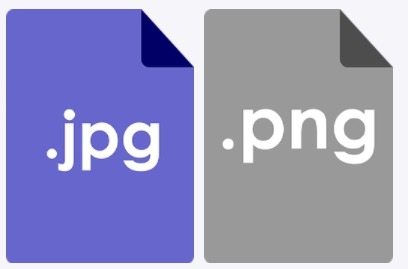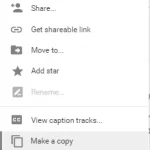Bitmap images have been around since the early days of computers, but they’ve seen a resurgence in recent years. It’s no wonder why: this type of image is versatile and can be used to produce animations or create graphic designs for logos and other things like that. But what are the advantages and disadvantages of bitmap images? Let’s take a look at both sides so you can decide which one works best for your project.

Table of Contents
Advantages of Bitmap Images
Simple to edit
Bitmap images are composed of blocks of pixels, which means they’re easy to edit and maintain. Conversion from bitmap to vector graphics also helps extend their usability, while compressing them allows you to create smaller file sizes without sacrificing too much detail.
Some complex edits may be beyond the capabilities of basic image software, but dedicated programs like Adobe Fireworks or Microsoft Paint can help produce the desired results. In any case, bitmaps provide an incredibly useful tool that anyone can work with easily and effectively.
Animation created from bitmap images runs well on older devices
Bitmap images are great for creating animations that run on older devices because fewer colors mean less processing power is needed. This makes for a faster load time and smoother running graphics which will allow your video to be viewed without any lag or stuttering.
Utilizing bitmap images to power animations gives end-users the best possible outcome when it comes to legacy computing systems, granting them access to well-running films with no compromise on quality.
Can be compressed into really small files
You can scale down bitmaps as much as you want without losing quality since the blocks only determine the size of the image – not its shape or overall appearance. In addition to this, you can save significant amounts of memory when using it.
With its ability to be compressed into very small files, bitmap images are ideal for use in web and mobile applications where storage space can be limited. Whether you need to optimize graphics for fast loading or reduce overall file size for faster downloads, using a bitmap image will allow you to get the most out of your application without sacrificing quality or functionality.
Visual appeal
In addition to their ease of use and compatibility, bitmap images are also a popular choice for many designers due to their visual appeal.
The rich colors, gradient effects, and detailed textures can help create visually striking designs that appeal to a wide range of audiences. Whether you’re designing an app or website, using bitmaps can help you create a polished, professional look that will help your work stand out from the crowd.
Disadvantages of Bitmap Images
Limited color depth
One of the primary disadvantages of bitmap images is that they have limited color depth. Colour depth refers to the number of colors that can be represented by a digital image.
Bitmaps lack in quality because they’re limited to a maximum of 256 colors per image. Because of this, the color depth is usually less than 24 bits which means there’s no room for smooth gradients or other effects you can easily add with vector graphics.
This can often lead to banding, or noticeable gradations between colors, as the number of available colors is not sufficient to accurately represent the subtle changes in color that occur in real life.
Poor scalability
If your project requires scaling your bitmap image, then be prepared for a loss in quality since scaling will break down the block-based structure and affect each pixel.
When a bitmap image is scaled up, it becomes pixelated, or blurry. This is because each pixel in a bitmap image is a fixed size, so when the image is scaled up, the pixels become larger and more noticeable.
Even if you have a high-res image, you’ll need to scale it down to fit onto a smaller screen or be compatible with older systems.
Large file sizes
Bitmap images also tend to have large file sizes when compared to vector images. This is because each pixel in a bitmap image requires a certain amount of storage space. A 1000×1000 pixel image, for example, would require approximately 1MB of storage space.
Vector images, on the other hand, are typically much smaller as they only require enough storage space to describe the mathematical equations that make up the image.
Not good for text-based images
When it comes to text-based images, bitmap images are definitely not a great choice due to their limited color range. An image made up of a fixed number of colors may look fine on one device, but when scaled to another size or seen on another screen, it will often become grainy and distorted. The blocked icons can be confusing and have less impact.
In addition, without the ability to smoothly scale an image with a larger resolution, bitmaps simply won’t do justice to the textual content you want to convey. For these reasons, other more suitable formats such as vector images are best used for text-based projects.
Not suitable for line art
Bitmap images are also not suitable for line art, such as logos or illustrations with sharp edges. This is because bitmap images use pixels to store information, and pixels are not able to store sharp edges well.
As a result, line art tends to become blurry or jagged when stored as a bitmap image.
Conclusion
There are many advantages and disadvantages of using bitmap images, but it really comes down to what your project requires from them. In some cases, they’re the only way to go while others require something more modern like vector graphics. If simple is all you need then you won’t have any problems with this type of design!




Now, that I am completely confused, I think I will check for a newer app